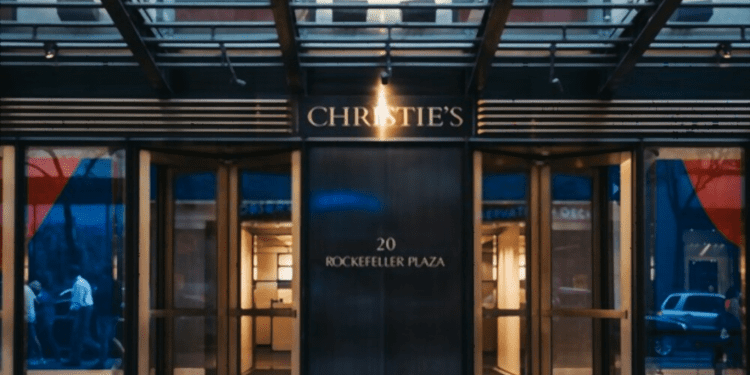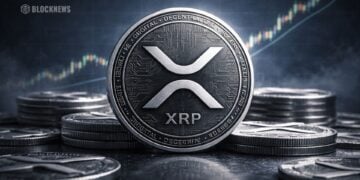Christie’s, one of the most prestigious auction houses, has announced the development of an Ethereum-based on-chain non-fungible token-based platform. The absolute auction, in all forms of transactions, will be under the Ethereum blockchain.
The company calls it Christie’s 3.0: the result of a collaboration between Chainalysis, Manifold, and Spatial. Chainalysis specializes in blockchain data gathering, Manifold leads one of the best NFT minting platforms, and Spatial takes responsibility for building an immersive metaverse.
The platform will host its first auction, featuring several NFTs from Diana Sinclair’s “Phases” series. Meanwhile, a solo show can be spectated at Christie’s New York.
Christie’s said in a statement, “We recognize and bring young emerging artists to an international and digitally savvy market,” Christie’s said in a statement.”
A New Day for NFT Auctions
Christie’s head of digital art sales, Nicole Sales Giles, stressed the need to do all transactions within Ethereum. She said that Christie’s 3.0 would provide an “inclusive solution” that welcomes new and old NFT collectors. The platform will implement regulatory features like sales tax and anti-money laundering.
Since the advent of the Web3 trend at the beginning of 2021, the two-centuries-old auction house has supported NFT’s goals.
In February of that year, the auction house sold Beeple’s “EVERYDAY: THE FIRST 5000 DAYS” NFT for $69.3 million. In September 2021, it introduced and sold an early digital collection of Curio Cards.
While the move from Christie’s marks a big move for the NFT industry, it is not the one high-profile auction house to embrace blockchain. Sotheby’s, another well-established auction house, has helped to bring together arts in both traditional and digital fields. Since the introduction of Sotheby’s Metaverse in October, the auction house has launched six NFT collections.
NFTs Helping Artists Earn More than Ever
Despite all forms of controversies surrounding NFTs, artists who took advantage of blockchain technology earn better royalties that help them live comfortably, sitting on millions of dollars.
While digital art is not a new form of illustration and expression, NFT minting benefits both the buyer and the creator. The buyer can own a piece of art they possess and display it in the metaverse. At the same time, the creator earns better income from digital auction houses and marketplaces with better percentages than physical galleries. Best of all, most marketplaces guarantee that the artist will still achieve the same flat royalty fee even if the digital art piece is resold.
While this may seem like a dream come true for aspiring artists planning to mint their content into non-fungible tokens, the technology is not without its flaws – mainly the gas fees. On top of the winning bidder’s paying price, they must also pay the gas fee. This issue is why other blockchain projects such as Polygon and Cardano provide better methods than Ethereum, including faster transfers, guaranteed authenticity, and lower gas fees.
With Christie’s 3.0 opening the gates between the physical and digital galleries, it will not be long until renowned traditional artists would soon understand and apply the potential of the NFT market.














